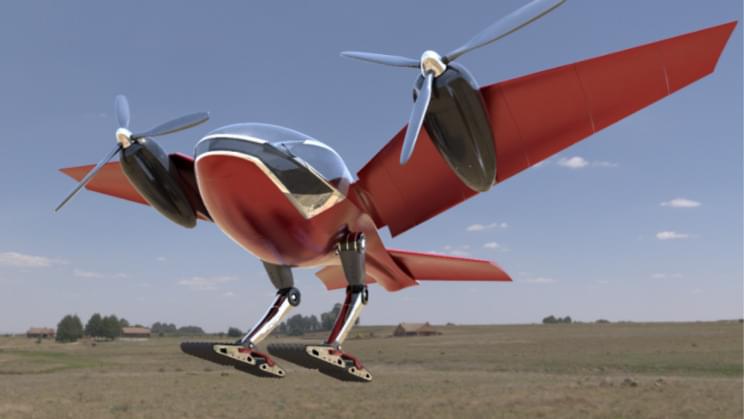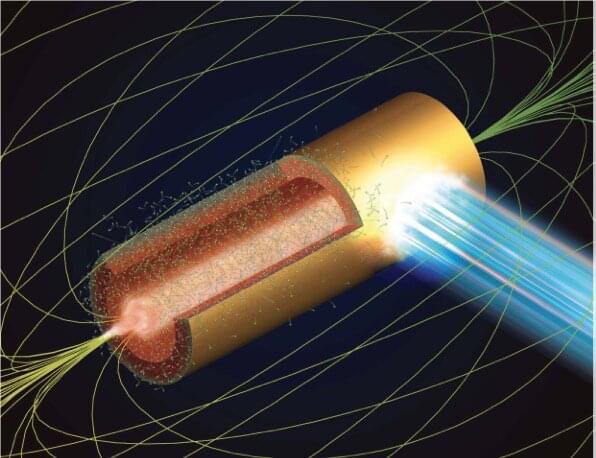Dec 10, 2021
Researchers Show a 100% Renewable US Grid with No Blackouts Is Possible
Posted by Gemechu Taye in categories: employment, health, solar power, sustainability
And it would create 4.7 million long-term jobs.
The United States’ energy system that’s running completely on wind, water, and solar, combined with storage, would not only avoid blackouts but also lower energy requirements and consumer costs, a Stanford University study has shown. In addition, this would create millions of jobs, improve health, and free up land for various other purposes.
This is incredibly important because, for some people, a future powered by renewable energy isn’t feasible due to concerns about blackouts driven by inconsistent electricity sources. Take, for example, the grid blackouts caused by extreme weather events in California in August 2020 and Texas in February 2021.
Continue reading “Researchers Show a 100% Renewable US Grid with No Blackouts Is Possible” »


















